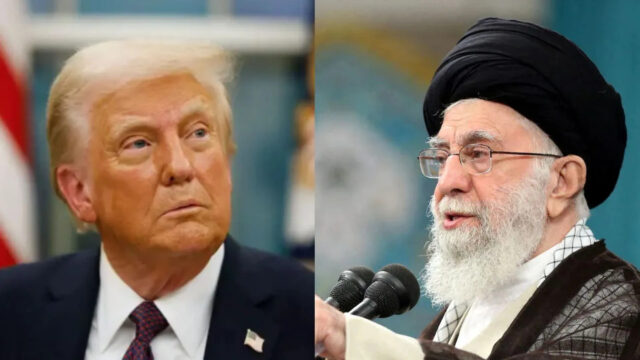
The United States and Iran are set to resume high-stakes nuclear negotiations on April 19 in Muscat, Oman, marking the second round of direct diplomatic engagement in a bid to defuse escalating nuclear tensions. The talks come at a pivotal moment, with Iran’s uranium enrichment levels reaching 60% purity, dangerously close to the 90% threshold required for nuclear weapons, and fears growing over the potential for regional instability.
Background: Tensions and Trust Deficit
The road to Muscat has been fraught with complications. Iran’s nuclear ambitions and the West’s apprehensions have clashed for years. In 2015, Iran and six world powers, including the U.S., signed the Joint Comprehensive Plan of Action (JCPOA), which significantly curtailed Iran’s nuclear program in exchange for sanctions relief. However, in 2018, then-President Donald Trump unilaterally withdrew from the deal, reimposing harsh economic sanctions on Iran.
This move dealt a severe blow to diplomatic trust, and since then, Iran has incrementally reduced its compliance with JCPOA restrictions, culminating in its current 60% enrichment level. While Iran maintains that its nuclear program is for peaceful purposes, the international community remains concerned about the potential for weaponization.
Recent Developments: Constructive Yet Fragile
The first round of resumed discussions, held on April 12, was described by both parties as “constructive,” yet beneath the surface lies a complex web of unresolved issues. A primary sticking point remains Iran’s demand for guarantees that the U.S. will not abandon any future agreement, as it did in 2018. Iranian officials argue that without firm assurances, there is little incentive to trust U.S. commitments.
Conversely, the U.S. delegation, led by Special Envoy Steve Witkoff, insists that Iran must immediately halt its uranium enrichment activities and restore full access to international nuclear inspectors. The upcoming visit of IAEA Director General Rafael Grossi to Tehran is seen as an essential step toward restoring confidence in Iran’s compliance and transparency.
Military Threats and Diplomatic Stakes
Adding urgency to the negotiations, former President Donald Trump has issued a stark warning, suggesting the U.S. may resort to military action if diplomacy fails. While he is no longer in office, Trump’s statements have echoed through American political circles, adding pressure on the current administration to pursue a hardline stance should talks falter.
The Biden administration, while favoring a diplomatic resolution, faces mounting pressure both at home and abroad to curb Iran’s nuclear advancements. At the same time, Iranian leaders, including chief negotiator Abbas Araghchi, continue to demand sanctions relief, which they see as vital to stabilizing an economy battered by years of punitive economic measures.
The Road Ahead: Possibility or Peril?
The upcoming Muscat talks are seen as a last-ditch effort to revive nuclear diplomacy and avert a potentially catastrophic conflict. While both sides have shown a willingness to engage, the lingering mistrust and diverging red lines make a comprehensive agreement far from guaranteed.
Observers say any potential deal would likely need to balance stringent nuclear limits with meaningful economic incentives, all while satisfying domestic political demands in both Washington and Tehran.
As the world watches closely, the April 19 talks may well determine the trajectory of Middle Eastern stability and the future of non-proliferation efforts in one of the most volatile regions on Earth.



